Determined to find a study tour slot for her 11-year-old daughter at the National Museum of China in Beijing, Liu Zhengqun had been monitoring the programs offered by the country's leading museum since December. Last week, she secured a place in a two-hour study tour for her daughter, who had been waiting for this chance since last summer.
"My daughter asked me to take her to the museum during the summer vacation," said Liu, from Wuhan in Hubei province. However, the rush for the museum was so huge at the time that they failed to secure any tickets.
Liu was initially surprised by her daughter's must-do list for her first visit to Beijing. The child did not want to see the Great Wall or eat Peking Duck like most tourists. She wanted to see the national treasures and learn the stories behind the precious artifacts.
"The school has been encouraging students to go to museums and explore more outside of classes. Study tours in museums are really popular now," said Liu.
At a meeting held by the National Cultural Heritage Administration on Jan 8, it was announced that museums around the country had received more than 1.4 billion visitors in 2024. With people's fascination for museums growing, the past year has seen the educational function of museums being significantly enhanced and study tours becoming increasingly popular.
Zhou Jingcheng, director of the public education department at the National Museum of China, said the popularity of museum study tours has increased rapidly over the past two years, leading to a boom.
Last year, the National Museum of China provided education services to middle schools in Beijing as many as 1,326 times, serving more than 38,000 students. At the same time, a large number of people from outside Beijing also came to the National Museum to participate in study programs.
"These study tours are designed to be very interesting and interactive and have been received warmly by children and teenagers. Many return to participate in different tours," said Zhou.
The museum's study tours are generally divided into two categories: one focuses on showcasing China's long history, with each program concentrating on a different dynasty, mainly targeting middle school students; the other highlights China's unique cultural symbols, covering four areas: art, science, intangible cultural heritage, and music, dance and clothes.
A regular study tour, often held on weekends, usually lasts two hours and includes a visit to an exhibition, a classroom session, and a hands-on activity, such as making a cup of tea after learning about China's tea culture.
In an effort to diversify its offerings, the museum introduced six outdoor tours to archaeological sites in other provinces last year, including Hebei, Shanxi, and Shaanxi. These trips, lasting three to five days, allow participants to experience the role of archaeologists firsthand. The outdoor tours, which are open to both children and adults, have proven to be extremely popular.
The museum's four-day winter camps, set to open in mid-January, sold out within two days at the end of December.
"The popularity of museum study tours can be partly attributed to people's increasing demand for high-quality spiritual products. Museums' efforts to provide interesting and various programs are also important," said Zhou, who is also director of the special committee on public education of the Chinese Museum Association.








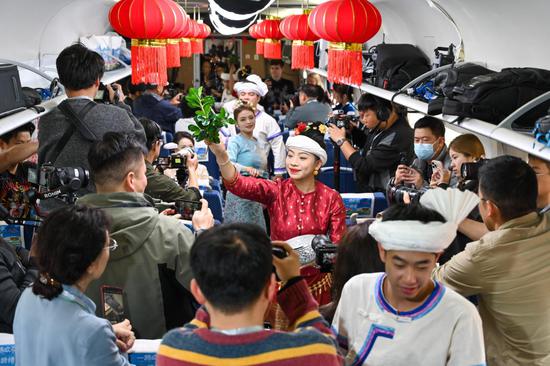
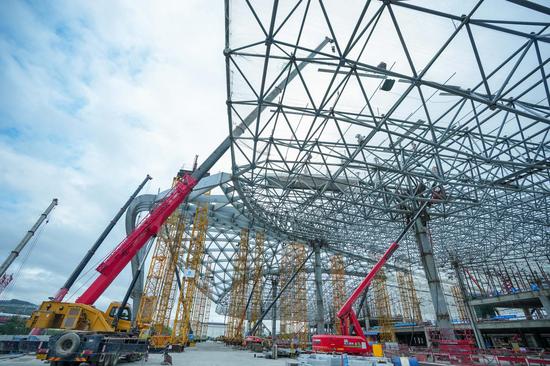
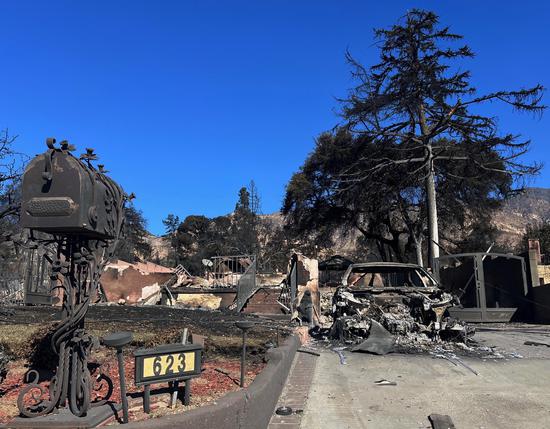

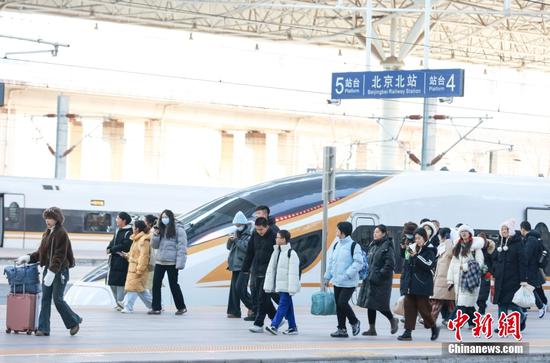

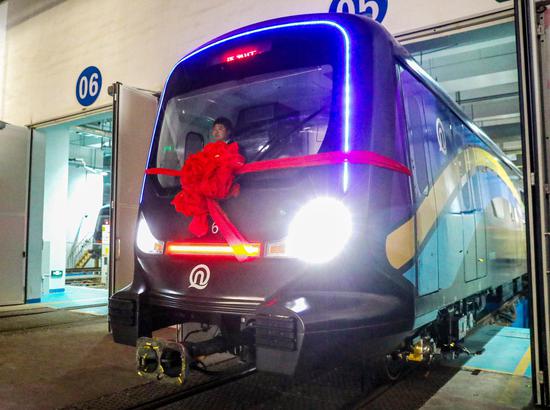
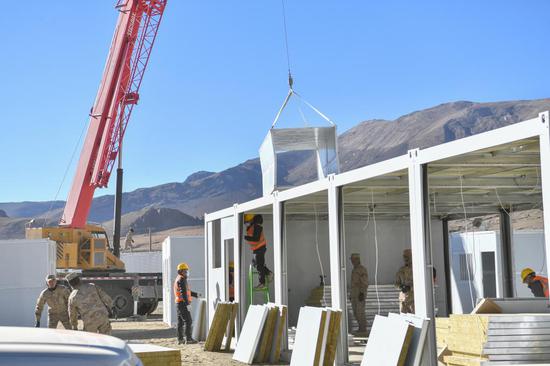

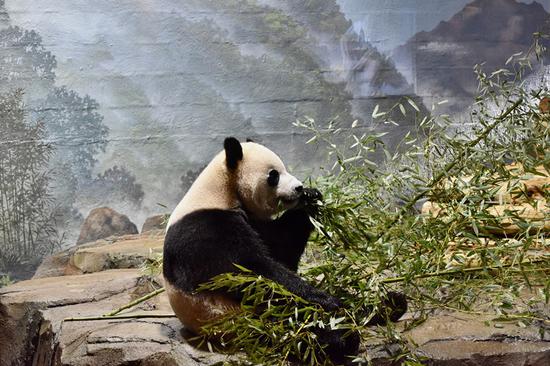

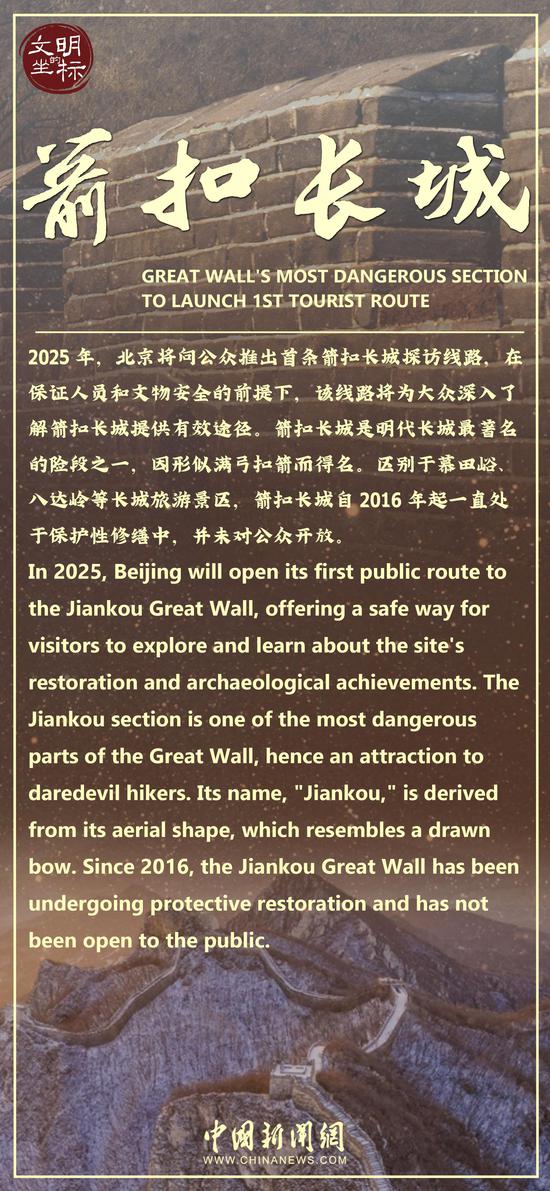

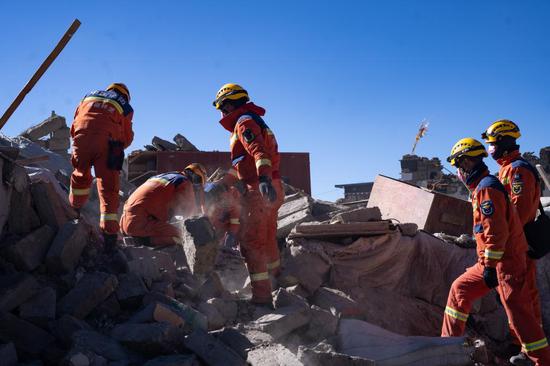


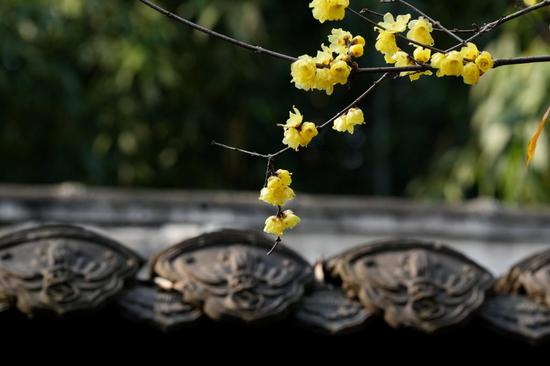

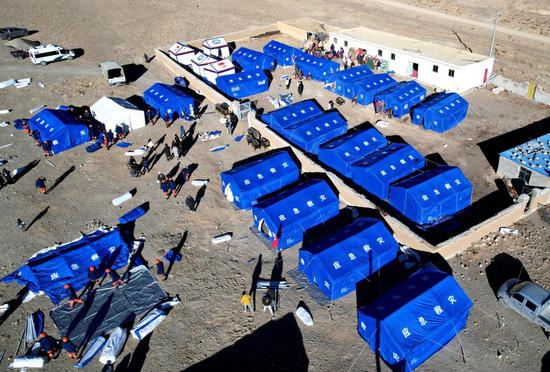
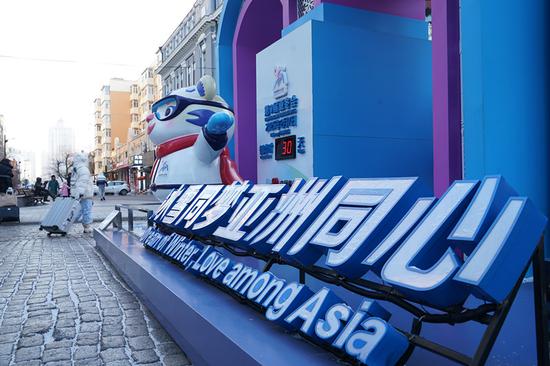
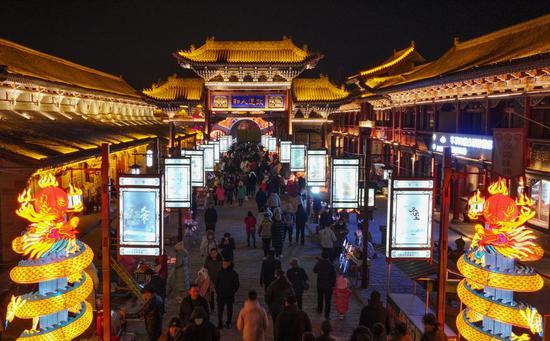
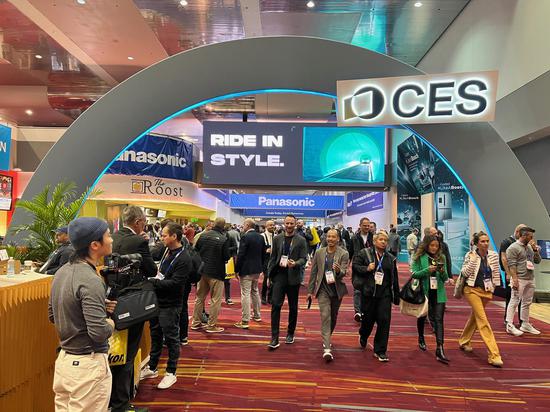
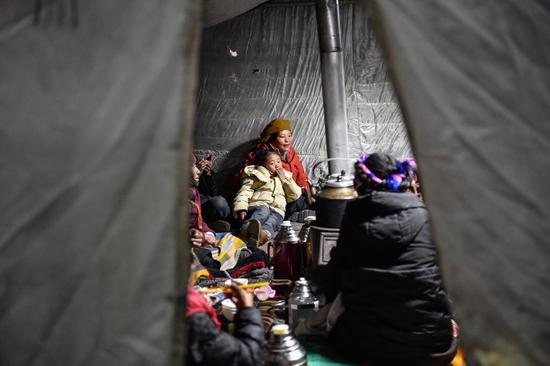

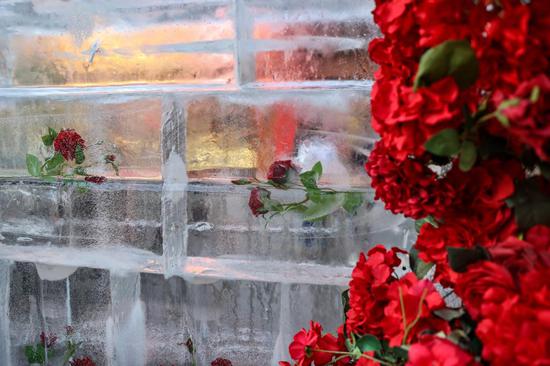



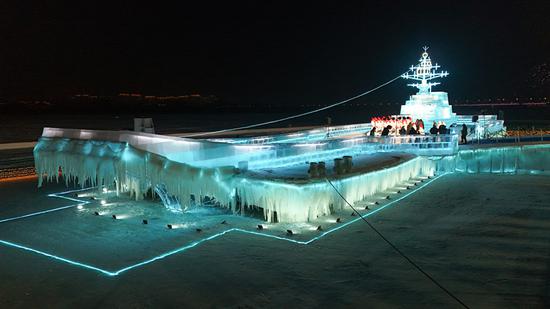



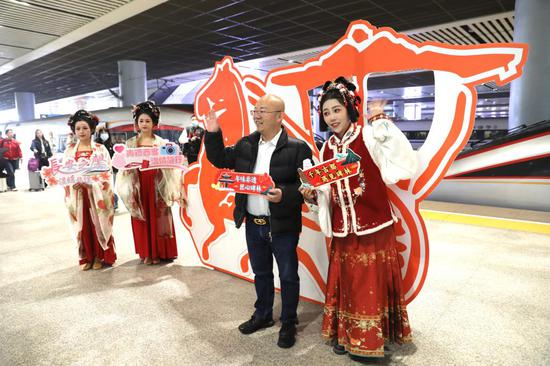
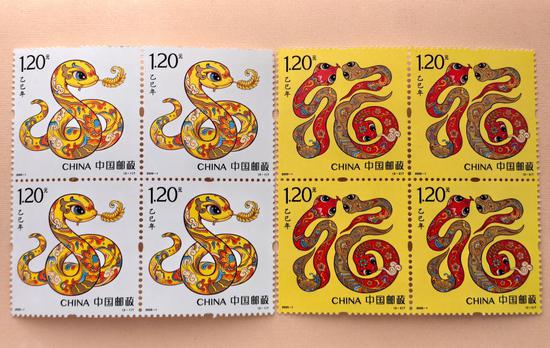
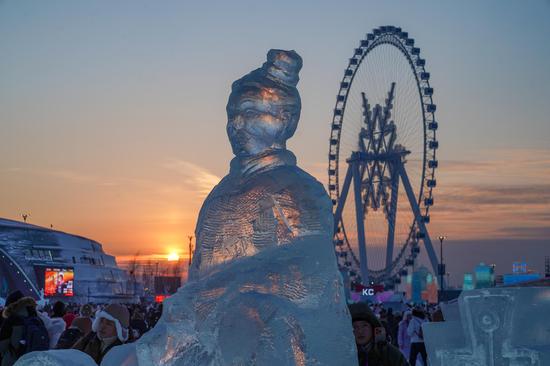

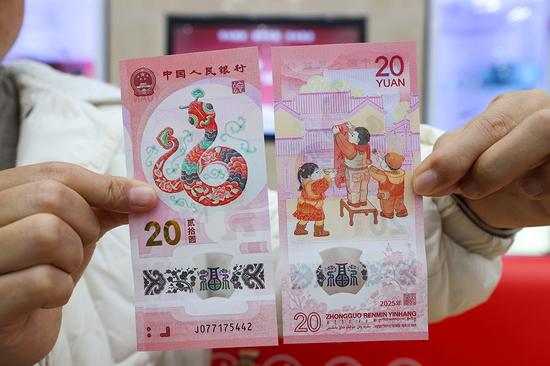

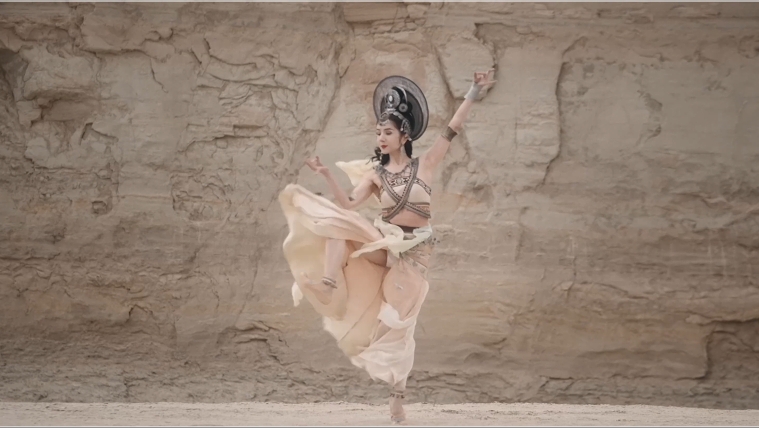



 京公网安备 11010202009201号
京公网安备 11010202009201号